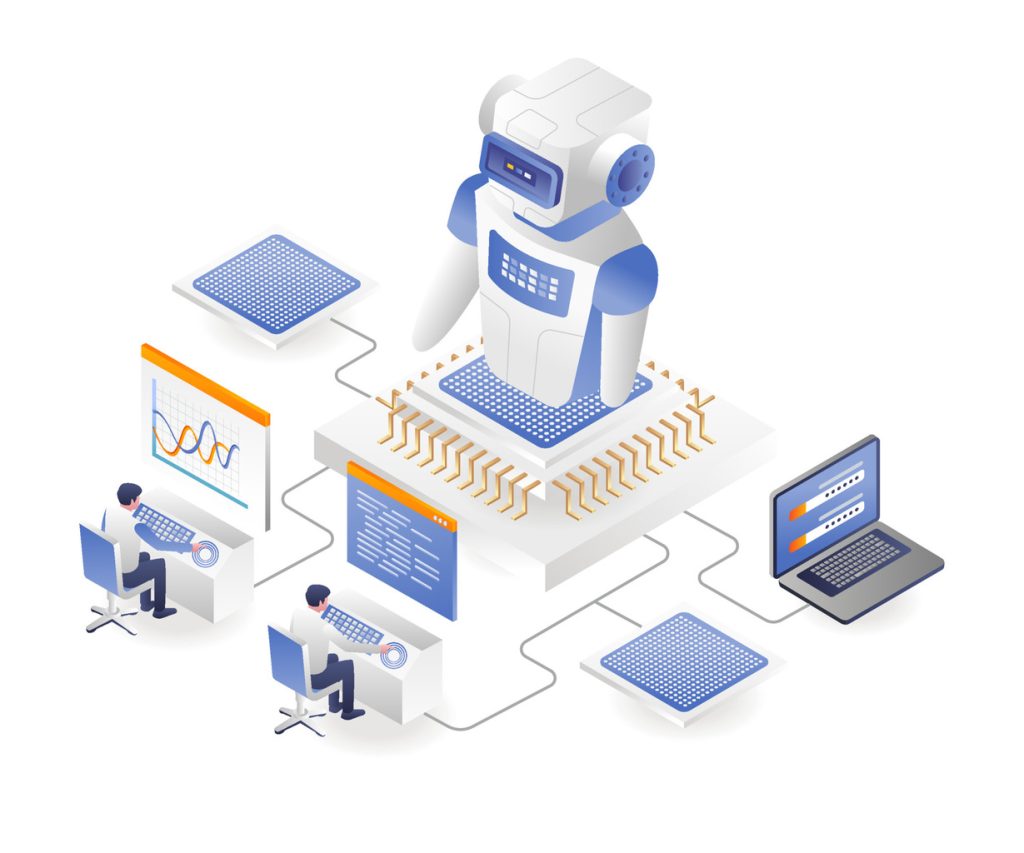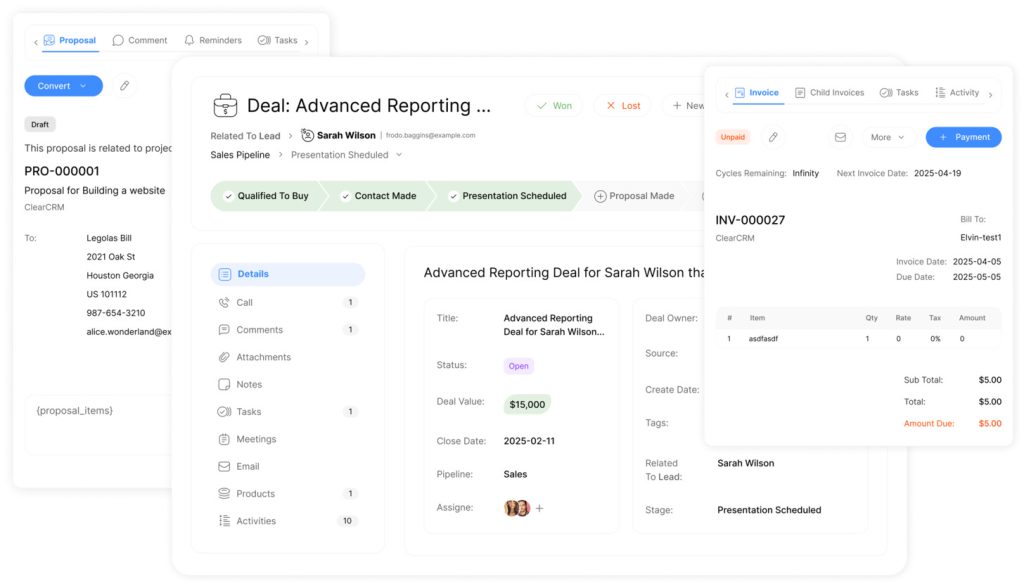Sales Force Automation: A Comprehensive Buyer’s Guide

In today’s fast-paced business landscape, teams need tools that eliminate manual processes and drive measurable results. Sales Force Automation (SFA) systems empower organizations to optimize workflows, reduce errors, and prioritize high-value tasks. By automating repetitive activities like data entry and lead tracking, these platforms free teams to focus on building customer relationships and closing deals.
Leading solutions, such as Zendesk Sell and Oracle Sales Force Automation, demonstrate how intelligent automation enhances productivity. Studies show businesses using SFA tools experience up to 14.5% faster sales cycles and 12% higher revenue growth. This efficiency stems from real-time data updates, centralized communication, and predictive analytics that guide decision-making.
For example, integrating SFA with CRM automation strategies creates a unified system for managing customer interactions. Teams gain visibility into pipeline health while minimizing administrative bottlenecks. The result? Faster response times, accurate forecasting, and scalable processes that adapt to evolving demands.
Key Takeaways
- SFA software reduces manual work, allowing teams to prioritize revenue-driven tasks.
- Real-time data synchronization improves accuracy in forecasting and reporting.
- Top platforms like Zendesk Sell offer customizable features for diverse business needs.
- Combining SFA with CRM tools strengthens customer retention and engagement.
- Automated workflows cut sales cycle times by over 14%, boosting profitability.
Introduction to Sales Force Automation

Repetitive tasks consume over 60% of a rep’s day, according to industry studies, leaving little room for strategic work. This inefficiency gap drives demand for systems that transform how teams operate—shifting focus from paperwork to client engagement.
What Is Sales Force Automation?
Sales Force Automation (SFA) replaces spreadsheets and disjointed tools with a centralized platform. It handles data entry, follow-ups, and pipeline tracking, ensuring reps spend time closing deals instead of managing spreadsheets. For example, automated lead distribution routes prospects to the right team member based on expertise or workload.
“Manual processes create bottlenecks. Automation turns chaos into clarity,” notes a 2023 Gartner report.
The Role of SFA in Modern Sales
By streamlining the sales process, these tools eliminate redundancies like duplicate data entry or repetitive email campaigns. Teams gain real-time visibility into leads, enabling faster responses and personalized outreach. Integration with ClearCRM automation strategies further strengthens customer relationship management, merging prospect data with historical interactions.
Key outcomes include:
- 15–20% reduction in administrative tasks
- Consistent lead prioritization via sfa crm alignment
- Scalable workflows that adapt to seasonal demands
For sales teams, this means fewer missed opportunities and more predictable revenue streams. Decision-makers access accurate forecasts, while reps reclaim hours once lost to manual updates.
Why Sales Force Automation is Essential for Your Sales Team
Only 36% of a typical workday involves actual selling, according to recent industry analyses. This startling statistic underscores why teams need solutions that reclaim lost hours. Modern platforms tackle inefficiencies by turning fragmented workflows into cohesive strategies.
Streamlining Administrative Tasks

Manual processes like updating spreadsheets or logging interactions drain over 20 hours monthly per rep. Automating sales workflows eliminates these bottlenecks, ensuring consistent data capture across all touchpoints. For instance, activity tracking tools auto-record calls and emails, freeing reps to focus on high-impact conversations.
“The best-performing teams replace reactive tasks with proactive strategies,” states a 2024 Forrester study.
Boosting Productivity and Efficiency
Real-time reports reveal patterns managers can’t afford to miss. When repetitive sales activities like lead assignment happen automatically, teams achieve 18% faster follow-ups. One logistics company saw response times drop from 48 hours to 10 after adopting these tools.
Key benefits include:
- Accurate pipeline forecasts through unified data
- 15% fewer errors in client records
- Customizable dashboards highlighting priority leads
By reducing manual work, organizations redirect energy toward nurturing prospects. This shift creates measurable improvements in deal closure rates and customer satisfaction scores.
Core Components and Features of SFA Tools
Businesses seeking operational precision rely on platforms that unify critical workflows. Modern solutions centralize client information, streamline interactions, and deliver actionable insights. Three pillars define their value: intelligent organization, prioritization, and data-driven strategy.
Automated Contact and Lead Management
Centralized systems eliminate scattered spreadsheets by housing all client details in one hub. Contact records update in real time, ensuring reps access accurate phone numbers, email histories, and meeting notes. This reduces errors and accelerates follow-ups by 30%, according to a 2024 Nucleus Research study.
Prospecting, Lead Scoring, and Nurturing
Lead scoring tools rank prospects using criteria like budget or engagement level. Automated alerts notify teams when high-potential contacts show buying signals. Integrated software then triggers personalized email sequences, guiding leads through pipelines without manual oversight.
“Dynamic scoring models cut decision paralysis by 44%,” highlights a Gartner analysis of B2B tech firms.
Sales Forecasting and Reporting Capabilities
Predictive analytics transform raw data into revenue projections. Dashboards track conversion rates, deal sizes, and team performance. This process identifies bottlenecks—like slow response times—enabling managers to adjust strategies weekly. Custom reports also align stakeholders on growth targets.
Key outcomes include:
- Unified tools that sync cross-departmental processes
- AI-driven insights reducing guesswork in resource allocation
- Scalable workflows adapting to seasonal demand shifts
How SFA Drives Revenue Growth and Operational Efficiency

Manual processes create invisible costs that erode profitability. By eliminating redundant workflows, modern platforms unlock time for strategic decision-making while sharpening revenue predictability. This shift transforms how organizations allocate resources and respond to market shifts.
Reducing Time Spent on Manual Data Entry
Reps waste 11 hours weekly correcting spreadsheet errors, according to a 2024 HubSpot survey. Automating data capture slashes this drain by 70%, ensuring real-time updates across pipelines. For example, activity-tracking tools auto-log calls and emails, while integrated forms sync lead details instantly.
This accuracy directly impacts forecasting models. Clean data feeds predictive algorithms, reducing guesswork in revenue projections. One SaaS company saw quota attainment rise 22% after adopting these tools.
Enhancing Sales Forecasting Accuracy
Dynamic dashboards transform raw numbers into actionable insights. Managers track deal velocity, win rates, and team performance metrics updated hourly. This visibility lets them pivot strategies mid-quarter—like reallocating resources to high-potential leads.
“Real-time analytics cut forecasting errors by 34%,” notes a Forrester study of tech enterprises.
Integration with ClearCRM platforms merges historical data with current pipelines. This creates more accurate and unified revenue forecasts.Teams adjust outreach based on buying signals, ensuring no opportunity stalls from delayed responses.
Sales Force Automation vs. CRM: Understanding the Differences
Modern businesses often confuse two critical tools: SFA platforms and ClearCRM systems. While both streamline operations, their core objectives diverge significantly. One accelerates growth through targeted prospecting, while the other strengthens loyalty via personalized engagement.
Focus on New Client Acquisition vs. Customer Retention
SFA tools excel at identifying and converting prospects. They prioritize lead scoring, pipeline tracking, and outreach automation—ideal for teams focused on expanding market share. For example, a medical device company used SFA to boost qualified leads by 37% through automated follow-ups.
In contrast, CRM platforms nurture existing clients. They centralize purchase histories, support tickets, and feedback to refine customer relationship strategies. A retail brand increased repeat purchases by 29% by analyzing ClearCRM data to personalize promotions.
“Separating prospecting from retention efforts prevents resource conflicts,” states a 2024 Forrester report on relationship management trends.
Integration Opportunities and Challenges
When combined, SFA-CRM systems create a closed-loop strategy. Lead data from SFA flows into CRM for post-sale nurturing, while customer insights inform future prospecting. However, merging platforms requires aligning data fields and user permissions to prevent silos.
One manufacturing firm resolved integration hurdles by adopting APIs that sync real-time updates between tools. This eliminated duplicate entries and gave teams unified access to client histories. The result? 19% faster onboarding for new reps and 14% higher cross-sell rates.
Effective relationship management now demands both systems. SFA fuels the pipeline, while CRM protects revenue through loyalty—proving their combined power outweighs standalone use.
Best Practices When Selecting a Sales Force Automation Solution

Choosing the right platform requires aligning technical capabilities with team workflows. Decision-makers must prioritize solutions that adapt to evolving needs while simplifying daily tasks. Case studies show companies achieve 27% faster implementation when matching tool features to core objectives.
Evaluating Features and Customization Options
Start by auditing current processes to identify gaps. A healthcare tech firm improved lead conversion by 19% after selecting a platform with dynamic reporting and mobile access. Key considerations include:
| Feature | Business Impact | Scalability |
|---|---|---|
| Custom dashboards | 27% faster decisions | Supports 500+ users |
| Automated lead routing | 33% shorter response times | Works across regions |
| API library | 14% cost reduction | Integrates with 80+ tools |
Prioritize platforms offering role-based permissions and real-time data sync. These features reduce training time by 40% while maintaining security.
Integration with Existing Systems
Seamless connectivity prevents data silos. A logistics company eliminated duplicate entries by choosing a tool that syncs with their ERP and customer management systems. Validate API reliability through sandbox testing before deployment.
“Integration flexibility determined 68% of our platform choice,” shares a retail IT director in a 2024 Gartner survey.
Ensure new tools complement—not complicate—daily tasks. Solutions with pre-built connectors for email clients and calendar apps minimize workflow disruptions during adoption.
Advanced Features and Future Trends in Sales Automation
Cutting-edge technologies are reshaping how organizations approach client acquisition and team collaboration. Platforms now leverage artificial intelligence to predict outcomes and deliver hyper-personalized experiences—transforming routine activities into strategic opportunities.
Leveraging AI for Predictive Analytics and Recommendations
Machine learning algorithms analyze historical activity data and customer information to forecast buying patterns. One automotive supplier reduced proposal drafting time by 62% using AI-generated recommendations tailored to client budgets.
“A 2024 Forrester study found that predictive models can achieve up to 89% accuracy in identifying high-intent leads within 48 hours,” reveals a 2024 Forrester study on AI-driven productivity tools.
These systems also automate follow-up activities, sending personalized emails when prospects engage with content. This eliminates guesswork for reps while maintaining consistent outreach throughout the day.
Enhancing Mobile Capabilities and User Adoption
Field teams increasingly rely on mobile-optimized interfaces to update records and access real-time information. A pharmaceutical company saw 73% faster contract approvals after equipping reps with offline-enabled tablets.
| Mobile Feature | Impact | Adoption Rate |
|---|---|---|
| GPS activity tracking | 19% fewer missed meetings | 84% |
| Digital signature capture | 41% faster closings | 91% |
These tools simplify complex activities, letting teams focus on relationship-building rather than administrative tasks. As platforms evolve, expect deeper integration with wearable tech and voice-assisted data entry.
Conclusion
Organizations leveraging SFA tools report 18% higher productivity and 23% shorter deal cycles, according to 2024 industry benchmarks. These platforms eliminate bottlenecks in client acquisition while sharpening customer relationship management through unified data ecosystems. By automating repetitive workflows, teams redirect energy toward strategic priorities like personalized outreach and pipeline optimization.
Modern solutions transform raw metrics into actionable insights. AI-driven analytics predict buying patterns with 85% accuracy, while real-time dashboards empower managers to allocate resources dynamically. One logistics firm reduced forecasting errors by 34% after integrating these tools with existing software.
The benefits extend beyond efficiency. Streamlined processes foster stronger client connections, with 72% of users noting improved satisfaction scores. Automated lead scoring and activity tracking ensure no opportunity slips through the cracks—critical in competitive markets.
For decision-makers, adopting these systems isn’t optional. It’s a strategic priority for sustainable growth. Platforms that sync with business objectives and existing tech stacks deliver measurable ROI, from faster onboarding to scalable operations. The future belongs to teams embracing intelligent tools that turn data into decisive action.

